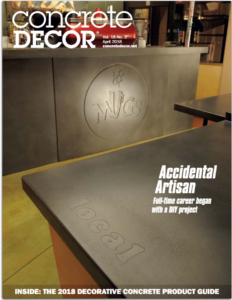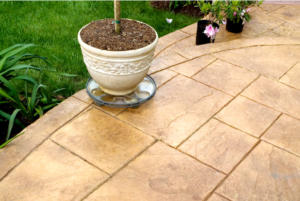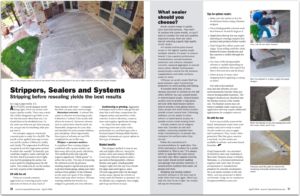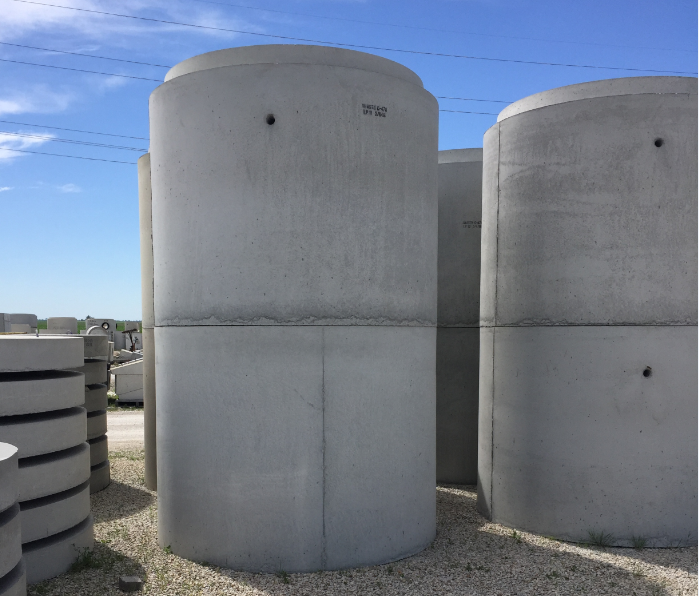 Marty O’Mara joined Nox-Crete Products Group in April with over 20 years of sales and marketing experience in the construction market, focusing on commercial, industrial and transportation. Marty brings technical sales skills to the previously unfilled Decorative Market Segment Manager role as well as know-how in developing new distribution and expanding new markets. Through seminars, trade shows and hands-on training, Marty is well established in the architectural, engineering, and contracting community. Extensive training experience with decorative products, curing and sealing compounds, waterproofing, and cementitious repairs make Marty an especially great fit for this role. Welcome, Marty!
Marty O’Mara joined Nox-Crete Products Group in April with over 20 years of sales and marketing experience in the construction market, focusing on commercial, industrial and transportation. Marty brings technical sales skills to the previously unfilled Decorative Market Segment Manager role as well as know-how in developing new distribution and expanding new markets. Through seminars, trade shows and hands-on training, Marty is well established in the architectural, engineering, and contracting community. Extensive training experience with decorative products, curing and sealing compounds, waterproofing, and cementitious repairs make Marty an especially great fit for this role. Welcome, Marty!
Monthly Archives: April 2018
Organic Acid vs. Muriatic Acid for Concrete Buildup Removal
Look for our article, "Safe Alternatives to Muriatic Acid" in the coming-very-soon April/May issue of Concrete Contractor magazine (a brand of AC Business Media) to learn more about the benefits of using an organic acid based concrete remover.
Are you still using muriatic acid to remove concrete buildup from your tools, equipment and machinery? Did you know there's another way that's safer for you and the environment and is even more effective? An organic acid based concrete remover like Blast-Off is ideal for safe, effective concrete buildup and splatter removal.
Here are a few Highlights of the Differences between Muriatic and Organic Acid
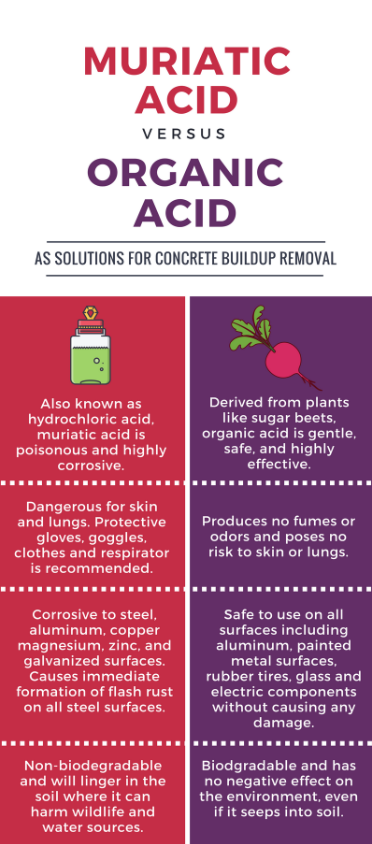
Read the article in Concrete Contractor - coming soon! - for even more information!
See Craig Coppersmith’s new Article in Concrete Decor Magazine!
Learn about removing old acrylic sealer with acrylic stripper blanket systems, look for Craig Coppersmith's article, "Strippers, Sealers and Systems" in the April 2018 Issue of Concrete Decor magazine.
Read the full article here!
Right now, much of the country is experiencing a never-ending winter. But the days are getting longer and the temperatures will (eventually) rise. It won't be long before you're spending more time outdoors. Does your patio need some freshening up? It may be time to think about removing old acrylic sealer, especially if it's been several years since its application.
Acrylic sealers will appear blistered, chalky and cloudy after several years, but stripping them can be messy, laborious, and even hazardous depending on the method you use.
A blanket stripper method makes removing the acrylic sealer from your patio easy, clean and effective. In just 3 steps, you can remove the old, worn-out acrylic sealer and be ready to reapply a fresh coat. Our very own Deco-Peel blanket system is an easy-to-use, highly effective stripper for acrylic sealers.
New Article from Nox-Crete Precast Segment Manager Pat Linn!
See Pat Linn's new article on biodegradable release agents in Concrete Products magazine, April 2018. Learn about the differences between readily and inherently biodegradable products and the qualities of water- and petroleum-based form release agents.
For more information on precast release agents, contact Pat at plinn@nox-crete.com.
Understanding Biodegradable Form Release Agents

For a more in-depth explanation of biodegradability classifications as well as the differences between petroleum-based and water-based form release agents, see Patrick Linn's article, "Understanding Biodegradable Form Release Agents" in the April issue of Concrete Products magazine.
Simply put, biodegradability refers to a product's ability to naturally break down to its raw material state. The quicker it can do so, the more biodegradable it is. Organizations like the Federal Trade Commission (FTC) and the U.S. Environmental Protection Agency (EPA) apply regulations and standards on how to classify products as biodegradable. For example, the FTC requires proof that the "entire product [...] will completely break down and return to nature within one year". In other words, marketers can't just say an item is biodegradable; they must prove it to be.
Readily vs. Inherently Biodegradable
Biodegradability is divided into two classes: readily biodegradable and inherently biodegradable. Both have the the ability to biodegrade to their natural state when exposed to water, sunlight and microbial activity. However, they do so at different speeds. Readily biodegradable products achieve 60-100% break down in 28 days or less while inherently biodegradable products break down at 20-60% in 28 days.
Water-Based vs. Petroleum-Based Form Release Agents
You can find biodegradable release agent options in water-based formulations such as Bio-Nox and petroleum-based formulations. Water-based form release agents are suitable for most form surfaces and are safe in enclosed building sites. They are typically inherently biodegradable but not always readily biodegradable. Petroleum-based form release agents are also suitable on many surfaces and are usable in all weather conditions. Most can be considered inherently biodegradable, but not all are. Some, which incorporate vegetable oil into the formulation, such as Bio-Nox VS, are actually readily biodegradable.
A commitment to using a biodegradable form release agent will require you to pay close attention to the manufacturer's information and do your research. You can find eco-friendly options that offer exceptional results.
 chemical solutions to concrete problems
chemical solutions to concrete problems